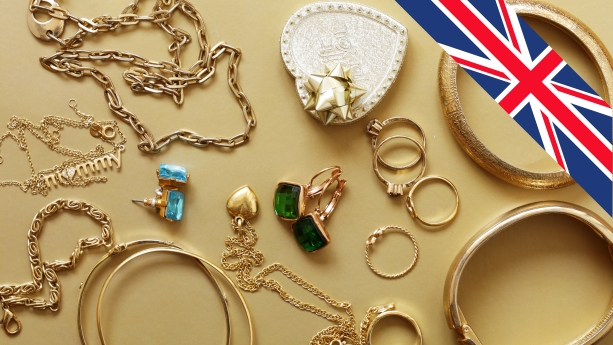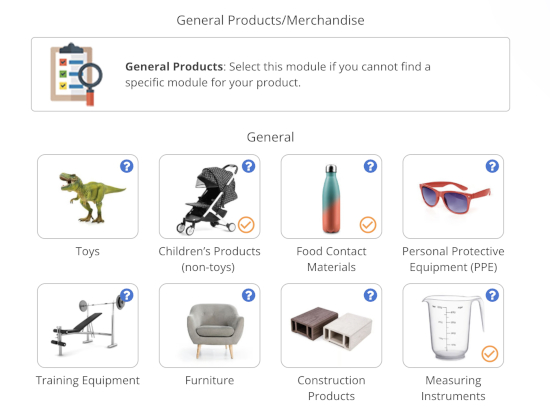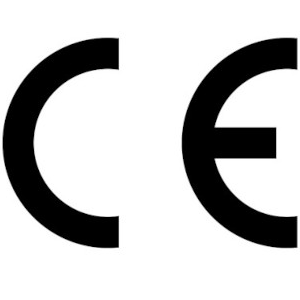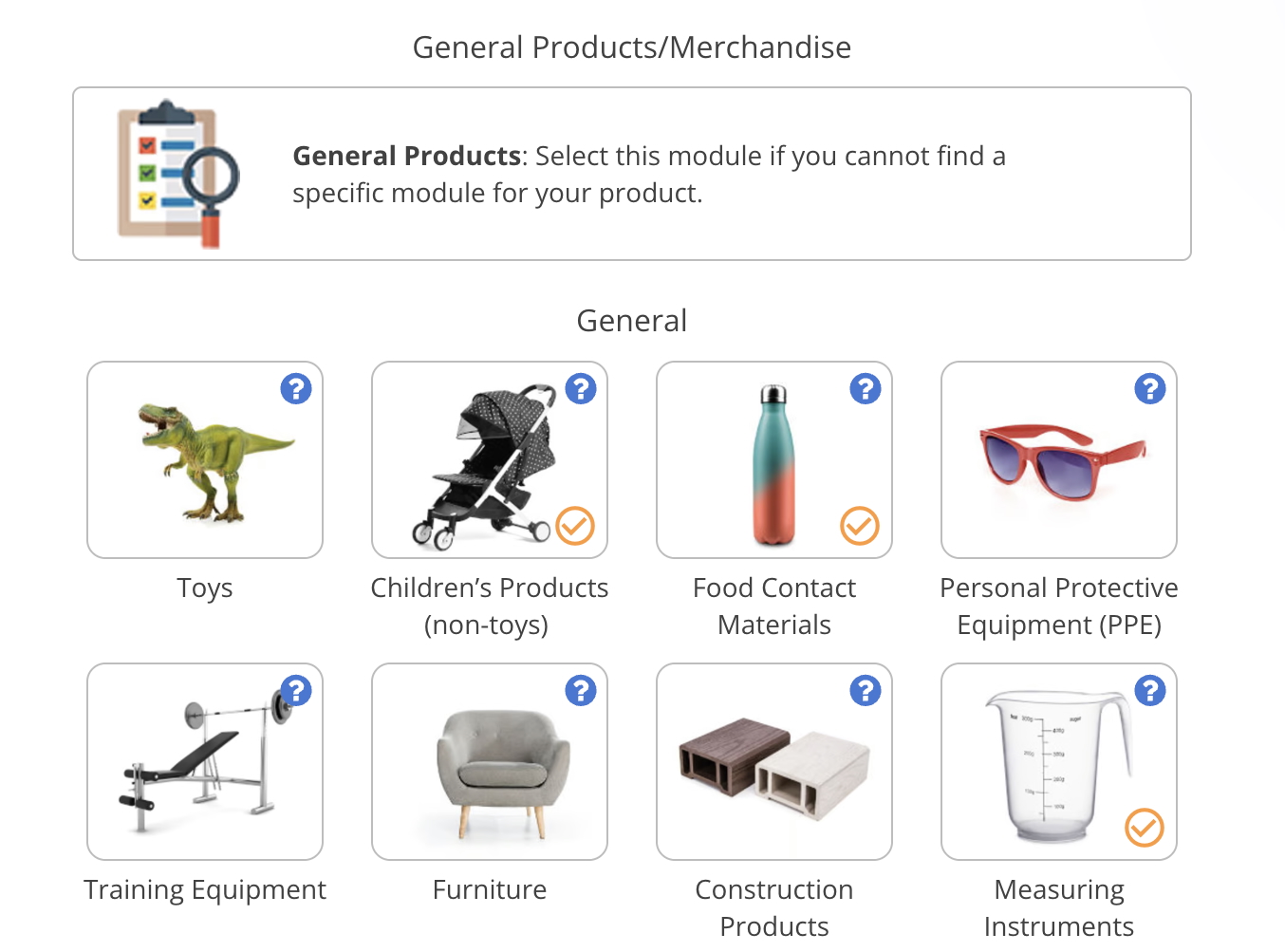
Hallmarking generally indicates if certain jewellery and precious metal items have undergone independent testing and verification, and matches the material description. Jewellery over a certain weight sold in the UK that is described as made from gold, silver, platinum or palladium must bear a hallmark applied by an Assay Office.
This guide explains the requirements of the Hallmarking Act 1973, and answers some frequently asked questions concerning hallmarking.
Content Overview

FREE CONSULTATION CALL (30 MIN)
 Ask questions about compliance requirements
Ask questions about compliance requirements Countries/markets:
Countries/markets:
 Learn how we can help your business
Learn how we can help your business
You will speak with:Ivan Malloci or John Vinod Khiatani
Hallmarking Act 1973
The Hallmarking Act 1973 establishes requirements for determining, testing, marking, and describing precious metal articles, including jewellery.
Hallmarks indicate that a precious metal item:
- Has undergone independent testing
- Has been verified to match its description
- Conforms to metal purity or fineness requirements
Your product should undergo hallmarking by one of four Assay Offices in the United Kingdom if you describe the product as containing a minimum specific amount of precious metals covered by the Act. For instance, hallmarking is required if the product contains at least 1 gram of gold.
Covered materials and products
The Hallmarking Act 1973 applies to products made in part or entirely out of:
- Gold
- Silver
- Platinum
- Palladium
Exemptions
Schedule 1 Part II of the Hallmarking Act 1973 specifies which articles are exempted from the Act’s requirements.
The Act exempts articles if they:
a. Contain only one precious metal,
b. Have a “minimum fineness”,
c. They are manufactured before 1 January 2008
d. have of a weight that does not exceed the following thresholds:
- 1 gram of gold
- 7.78 grams of silver
- 0.5 grams of platinum
- 1 gram of palladium
Note that “minimum fineness” means that the products have the standard 375 for gold (meaning that the product only contains 375/1000 parts – or 37.5% – of gold), 800 for silver, 850 for platinum and 500 for palladium.
Part II also mentions other exemptions relevant to jewellery. For instance, some types of jewellery works of gold and of silver are exempted if manufactured before 1 January 1975.
Prohibitions
According to Point 1 of the Hallmarking Act 1973, you cannot describe an “unhallmarked” article as being made in whole or in part of gold, silver, platinum, or palladium when that is not the case.
You can only use the following descriptors for articles that are not hallmarked:
- “Plated gold” or “rolled gold”
- “Plated silver”
- “Plated platinum”
- “Plated palladium”
You can find specific requirements for using the words “carats”, “sterling”, and “Britannia” in Schedule 1, Part III of the Act.
Also, the only hallmarks that you can use are the ones approved and “struck” by one of four Assay Offices in the United Kingdom. The next section explains what approved hallmarks are.
Approved hallmarks
The validity of a hallmark depends on its approval and application by an Assay Office, which tests the purity of your precious metals. Assay Offices can only apply a hallmark to an item if the item conforms to the purity requirements.
According to the UK’s guidance page on hallmarking, there are only four Assay Offices in the United Kingdom, each of which is supervised by the British Hallmarking Council.
The guidance page indicates that a “complete hallmark” is made of three mandatory marks: the sponsor’s mark, the fineness mark, and the Assay Office mark.
The page provides an example of a full UK hallmark containing the three compulsory marks and an optional date letter.
It also has two other optional marks:
a. The traditional fineness symbol that shows the metal that is present in the article
b. The Common Convention Mark, which can be useful to sell your jewellery in other countries (see next section for details).
Sponsors’ mark
The sponsor’s mark specifies the company or the person who submitted the article for hallmarking. This could be an importer, a manufacturer, or a wholesaler, for example.
Fineness mark
The fineness mark indicates the precious metal used and its purity, in parts per thousand.
Here is an example of a mark as listed in Schedule 2, Part I of the Hallmarking Act 1973:
- Precious metal: Silver
- Standard of fineness: 925 parts silver per 1000
- Standard (fineness) mark: 925
Note that it is optional to add a lion as a pictorial mark next to the fineness mark.
Assay Office mark
The Assay Office mark identifies one of four Assay Offices in the United Kingdom that are authorised to apply the hallmark. According to Gov.UK, each of the four Assay Offices has a sub-office that the British Hallmarking Council has approved for operation.
Optional date letter
Date letters are optional, and specify the year in which an Assay Office applied the hallmark. Date letters change every January 1st.
For example, according to the GOV.UK’s Hallmarking guidance notes, “Z” represents 2024, “A” represents 2025, and “B” represents 2026.
Common Control Mark (CCM)
The Hallmarking Convention’s Common Control Mark (CCM) makes it easier for member countries to trade precious metals with each other. Their website indicates that the Convention has 22 member countries on its Contracting States webpage. Here are some examples of the member countries:
- Austria
- Finland
- Latvia
- Portugal
- United Kingdom
According to the GOV.UK guidance page on hallmarking requirements and the EU, Hallmarking Convention member countries can apply the Common Control Mark (CCM) to jewellery and precious metal products.
The CCM is recognised in the UK and other member countries, which means that, for example, if you are importing jewellery from Finland to the UK, you can either use the CCM or decide to submit your product to a UK Assay Office for hallmarking.
FAQ
Is hallmarking mandatory for jewellery in the UK?
Hallmarking is mandatory when you claim that your jewellery contains gold, silver, platinum or palladium, and the product is not exempted from the requirements of the Hallmarking Act 1973 (e.g. because it is made in gold or silver and it was manufactured before 1975).
Where can I find an Assay Office in the UK?
The United Kingdom has four Assay Offices that can apply the hallmark. You can find:
- The Goldsmiths’ Company Assay Office in London
- The Edinburgh Assay Office in Edinburgh
- The Birmingham Assay Office in Birmingham, and
- The Sheffield Assay Office in Sheffield
A link to their websites can be found on the Gov.UK hallmarking guidance page.
Note: Contains public sector information licensed under the Open Government Licence v3.0.





















.png)
.png)
.png)


